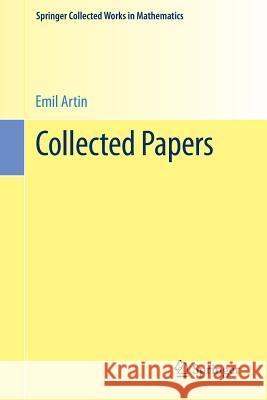Collected Papers » książka
topmenu
Collected Papers
ISBN-13: 9781461457985 / Niemiecki / Miękka / 2013 / 560 str.
Kategorie:
Kategorie BISAC:
Wydawca:
Springer
Seria wydawnicza:
Język:
Niemiecki
ISBN-13:
9781461457985
Rok wydania:
2013
Wydanie:
2013. Reprint o
Numer serii:
000458841
Ilość stron:
560
Waga:
0.80 kg
Wymiary:
23.4 x 15.6 x 3.0
Oprawa:
Miękka
Wolumenów:
01
Dodatkowe informacje:
Wydanie ilustrowane











